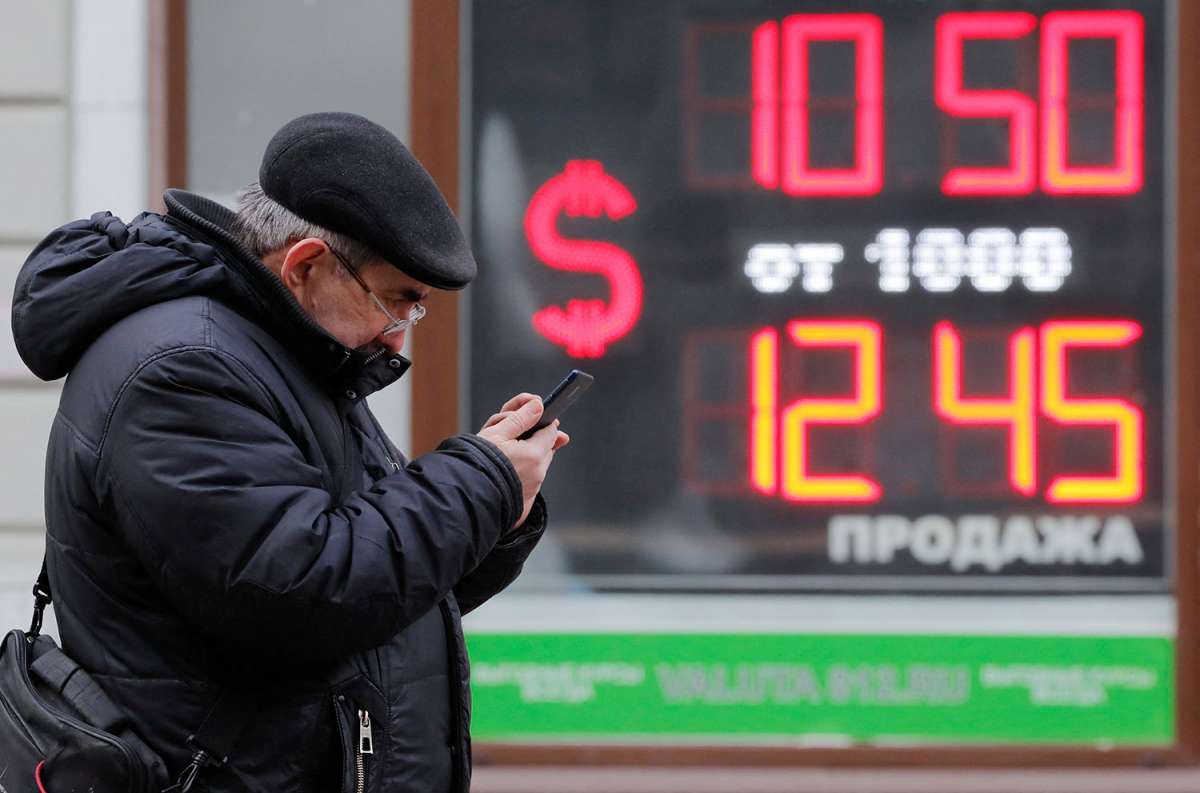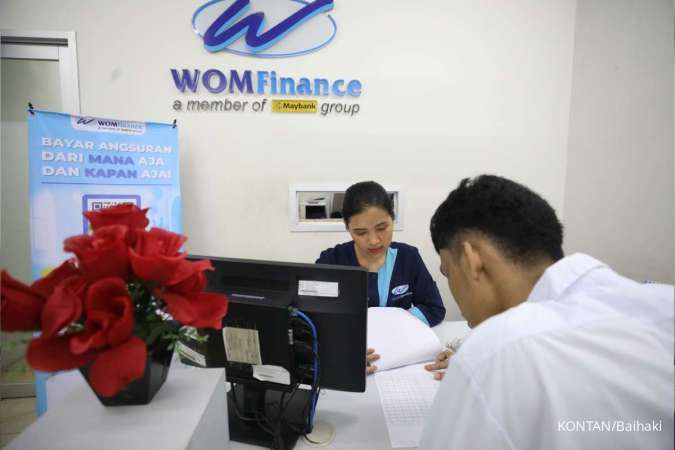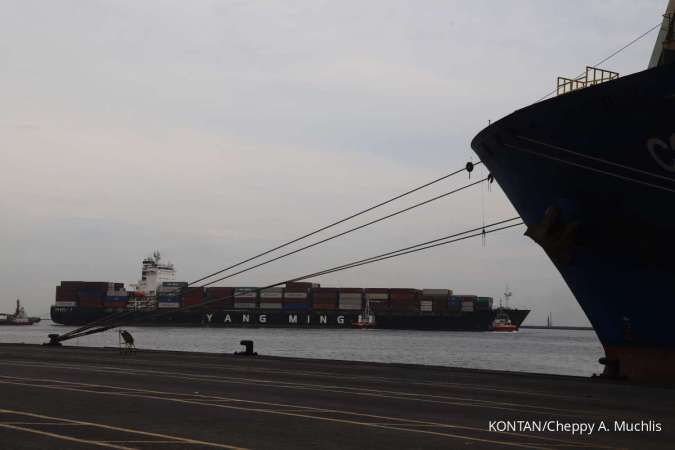Russian Rouble Rallies to March 2018 Level Against Dollar

KONTAN.CO.ID - May 20 (Reuters) - The Russian rouble gained more than 7% against the dollar on Friday, hitting levels last seen in March 2018, boosted by capital controls and domestic tax payments that usually lead to increased demand for the currency.
The rouble has firmed by nearly 30% so far this year, despite a full-scale economic crisis, becoming the best-performing currency, artificially supported by controls imposed in late February to shield Russia's financial sector after it sent tens of thousands of troops into Ukraine.
At 0807 GMT, the rouble was at 58.90 against the dollar in volatile trade on the Moscow Exchange, after hitting 57.0750, a level last seen in late March 2018.
Baca Juga: Gold Jumps 1.5% as Dollar, Yields Retreat
Against the euro, the rouble firmed by more than 5% to 60.86 after touching 59.02, its highest since June 2015.
The rouble is driven by export-focused companies that are obliged to convert their foreign currency revenue after Western sanctions froze nearly half of Russia's gold and forex reserves. "Exporters are forced to sell (foreign currency) and there is no one to buy it," a trader at an investment company in Moscow said.
Preparations for month-end taxes also boost demand for roubles, while demand for dollars and euros remains low due to disrupted imports chains and restrictions on withdrawing foreign currency from bank accounts and moving it out of Russia. "The key question is whether the central bank will step in as the excessive rouble firming is not in the finance ministry's and budget' plans," Evgeny Suvorov, an analyst at CentroCreditBank, said.
Kirill Tremasov, the head of the central bank's monetary policy department, said on Friday that the rouble remained a free-floating currency, RIA news agency reported.
The central bank declined to comment on the rouble rate.
Outside the Moscow Exchange, the rouble remained much weaker. Sberbank, Russia's largest lender, was selling cash dollars for 67.17 roubles and euros for 69.84 roubles.
The stronger rouble helps to put brakes on inflation and is beneficial for importers but hurts exporters who sell goods and services abroad for foreign currency, meaning reduced incomes for Russia's export-dependent budget.
Baca Juga: Cost of Living in Focus as Australia's Election Race Hits Final Stretch
Analysts say Russian authorities are not interested in a substantial rouble strengthening from current levels and expect the currency to weaken by the year-end.
In a sign that authorities are ready to gradually lift capital controls, the central bank allowed banks to sell citizens foreign currency without any restrictions from May 20, with the exception of U.S. dollars and euros.
Meanwhile, Russian stock indexes were mixed on Friday.
The dollar-denominated RTS index jumped 4.8% to 1,305.9 points. The rouble-based MOEX Russian index was 1.3% lower at 2,405.7 points, pressured by the rouble appreciation.











